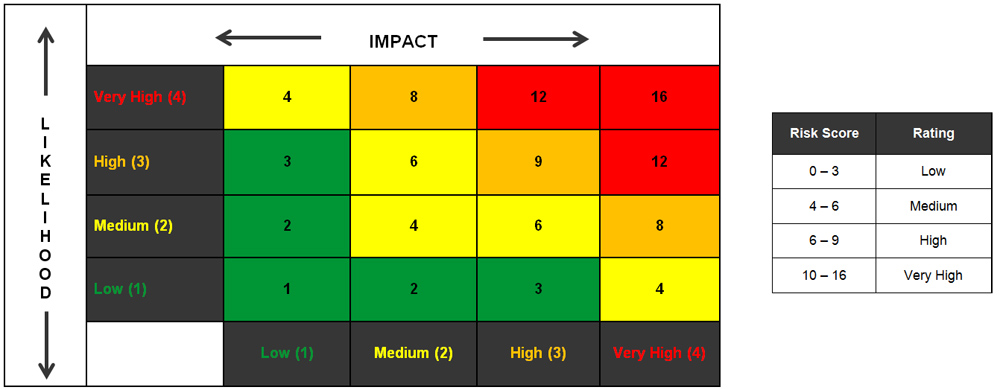

Probabilities and impacts scores are then multiplied to calculate the risk’s criticality. Once you have evaluated the probability and impact levels using the well-defined scales, conventional risk management methods recommend associating a score to each scale level. This is just the opposite of the intuitive conclusion we have made before!Īs a take away, before using any scale’s definitions, even if it is provided by your organization, you should always make sure the different scales are aligned, coherent, and well suited to your project’s context. Suppose you have to prioritize two risks with the same probability, one that could delay your project by 17% (4 months) and a second risk that could make you lose 100% of your budget (500K$).Īccording to the definition table, the first risk (17% delay) will be rated as “High priority” while the second one (100% overbudget) will be rated as “Medium”. Now, let’s take the previous scale definition table provided in the PMBOK and apply it to a 500K$ project which is supposed to last two years.

The answer to this question can depend on the nature of your project, however, most people would agree that losing 100% is more important than losing 17%. Which one would you consider more important? If you were told to prioritize two risks, one which may add a 17% delay to your project and a second one which can multiply by a factor of 2 your total budget. To illustrate how dangerous such practices could be, let’s take an example. You also may be tempted to re-use scale definitions from a previous project. In many situations, the scale definitions are standardized and provided by your organization. PMBOK Guide 6th Edition 2017 - Project Management Institute, Table 11–1, Error #1: Re-use existing scale definitions


 0 kommentar(er)
0 kommentar(er)
